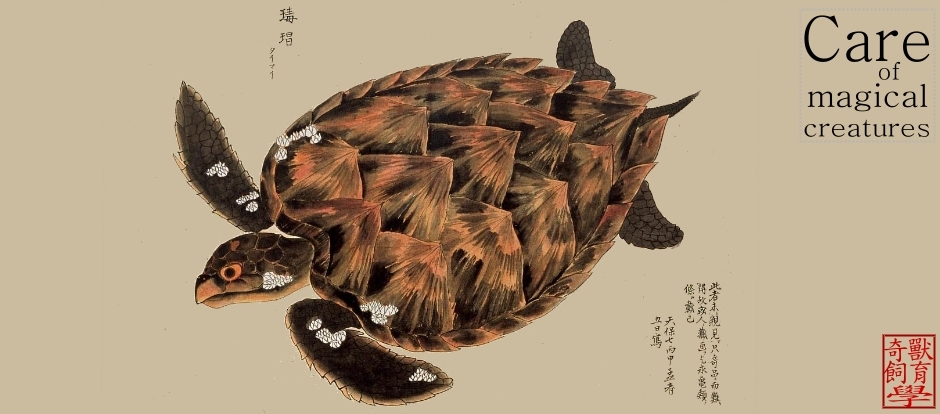 最近幾個月在台灣的水族市場上出現了一些東南亞或中國魚種, 因為"形似"過去在市場上已經為人熟知的物種, 因此被取了一些響亮的新名字, 例如鱤(Elopichthys bambusa)搖身一變從大型食用魚變成了"中華猛魚", 而所謂的"猛魚"其實通常指的是非洲產的Hydrocynus. 最近又看到"亞洲河虎", 那又是什麼碗糕? 市面上流通的"河虎"是產自南美洲Salminus屬脂鯉, 而亞洲河虎所指的其實是產自中南半島的鯉科的Raiamas guttatus, 中文的專名是長嘴鱲, 英名則是Burmese trout. 這是一種食用與垂釣魚種, 其幼魚看起來有一點類似曾經在市面上出現過的翠綠小丑鯽以及虹翅彩鱒(=白金梭子魚). 有關Raiamas, Opsaridium與Leptocypris這些掠食性鯉科的親緣關係可以參考Stiassny et al. (2006)所發表的文章. 由於長嘴鱲是一種體型大而且什麼吞得下的東西都吃的掠食性魚種, 因此若這樣的魚進入台灣的自然環境中就可能會是個問題. 很多人總認為把這些外來物種往外丟不干他的事, 其實造成的效應是很大的. 首先對環境的衝擊與對本土物種的傷害都是難以彌補的, 為了移除這些外來種所要耗費的人力與物力(都是納稅人的錢)更是難以想像. 如果是小池塘, 那麼抽乾池水把魚抓走也就罷了, 水庫呢? 灌溉溝渠呢? 大型養殖池呢? 溪流呢? 根本無法做到把外來物種移除的地步. 放生對台灣環境造成的傷害大放生與小放生的差別, 台灣那些亂七八糟講不聽的邪惡放生團體對台灣造成的傷害已是罄竹難書, 那麼這種因為個人因素的小規模放生就更是要避免. 不少人經常抱怨為什麼有很多魚種不能光明正大地被開放進口到台灣的觀賞魚市場, 除了台灣的氣候條件可能適合許多熱帶物種的生存外, 事實上有很大的一個因素就是我們部份的國民素質(包含對待動物的態度, 以及胡亂丟棄寵物的行為)可能還不到令人信賴並可完全開放的地步. 因此希望飼養此魚的魚友千萬不要因為一時不想養就把魚往外丟, 造成許許多多的困擾. 如果沒有能力飼養成長快速或體型很大的物種, 也千萬不要因為一時的好奇而嘗試.
最近幾個月在台灣的水族市場上出現了一些東南亞或中國魚種, 因為"形似"過去在市場上已經為人熟知的物種, 因此被取了一些響亮的新名字, 例如鱤(Elopichthys bambusa)搖身一變從大型食用魚變成了"中華猛魚", 而所謂的"猛魚"其實通常指的是非洲產的Hydrocynus. 最近又看到"亞洲河虎", 那又是什麼碗糕? 市面上流通的"河虎"是產自南美洲Salminus屬脂鯉, 而亞洲河虎所指的其實是產自中南半島的鯉科的Raiamas guttatus, 中文的專名是長嘴鱲, 英名則是Burmese trout. 這是一種食用與垂釣魚種, 其幼魚看起來有一點類似曾經在市面上出現過的翠綠小丑鯽以及虹翅彩鱒(=白金梭子魚). 有關Raiamas, Opsaridium與Leptocypris這些掠食性鯉科的親緣關係可以參考Stiassny et al. (2006)所發表的文章. 由於長嘴鱲是一種體型大而且什麼吞得下的東西都吃的掠食性魚種, 因此若這樣的魚進入台灣的自然環境中就可能會是個問題. 很多人總認為把這些外來物種往外丟不干他的事, 其實造成的效應是很大的. 首先對環境的衝擊與對本土物種的傷害都是難以彌補的, 為了移除這些外來種所要耗費的人力與物力(都是納稅人的錢)更是難以想像. 如果是小池塘, 那麼抽乾池水把魚抓走也就罷了, 水庫呢? 灌溉溝渠呢? 大型養殖池呢? 溪流呢? 根本無法做到把外來物種移除的地步. 放生對台灣環境造成的傷害大放生與小放生的差別, 台灣那些亂七八糟講不聽的邪惡放生團體對台灣造成的傷害已是罄竹難書, 那麼這種因為個人因素的小規模放生就更是要避免. 不少人經常抱怨為什麼有很多魚種不能光明正大地被開放進口到台灣的觀賞魚市場, 除了台灣的氣候條件可能適合許多熱帶物種的生存外, 事實上有很大的一個因素就是我們部份的國民素質(包含對待動物的態度, 以及胡亂丟棄寵物的行為)可能還不到令人信賴並可完全開放的地步. 因此希望飼養此魚的魚友千萬不要因為一時不想養就把魚往外丟, 造成許許多多的困擾. 如果沒有能力飼養成長快速或體型很大的物種, 也千萬不要因為一時的好奇而嘗試.圖片連結: www.asian-angling-adventures.com

















































